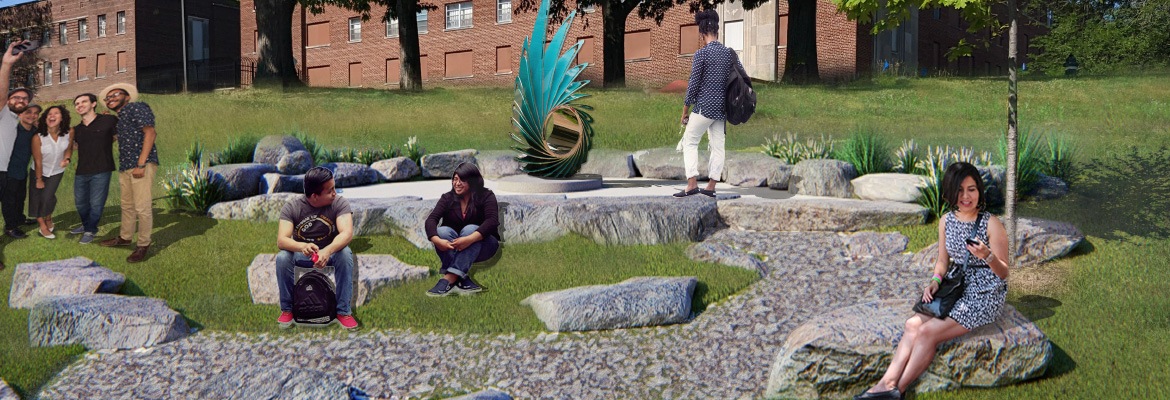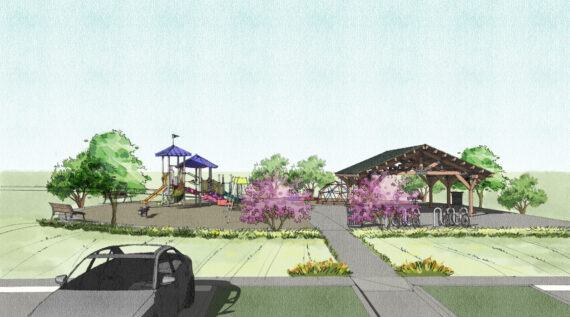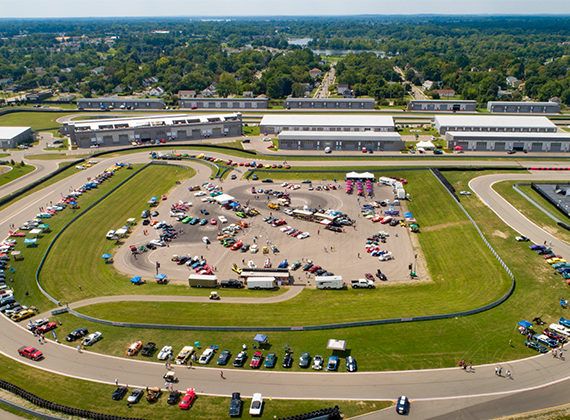Transforming Education: Embracing Outdoor Spaces for a New Learning Experience

In recent years, the traditional classroom setting has undergone a significant transformation, influencing not just higher education institutions but also K-12 schools. The demand for new and innovative learning experiences has led to a shift in how campus spaces are designed, with a focus on outdoor environments that cater to the needs of students and educators in educational settings.
The impact of COVID-19 prompted a fundamental rethink of traditional educational spaces, particularly in the face of budget constraints and the increasing prevalence of virtual learning. Educational institutions are recognizing the cost-effectiveness and ease of maintenance associated with the development of outdoor spaces as alternatives to conventional classrooms. These spaces are envisioned as a contemporary response to the current educational landscape, providing valuable amenities to students, faculty, and the community at large.

The evolution of technology and the growing preference for outdoor learning have prompted significant changes in the design of educational institutions at all levels. Outdoor spaces are now being conceptualized to mirror the technological features found within indoor classrooms, including Wi-Fi connectivity, and charging stations, to ensure that they remain conducive to learning and collaboration.
Crucially, the design of outdoor spaces must be driven by the capacity to facilitate both learning and social interaction. This necessitates careful consideration of the diverse needs and uses of these spaces, which range from smaller passive areas for individual and group study to larger zones that encourage collaborative activities. The outdoor environment not only offers students a change of scenery but also presents them with fresh perspectives, thereby enriching their educational experiences.
The need to create campus environments that are both aesthetically pleasing and functional holds equal significance in both higher education and K-12 settings. Embracing environmentally sustainable design practices encourages students to engage with nature while expanding their understanding of the world around them. Integrating multi-sensory elements, such as visually stimulating features and sound-emitting elements, serves to enhance the overall outdoor experience.
In addition to aesthetic and functional considerations, the safety and security of outdoor spaces are paramount. Creating safe, inclusive, and supportive outdoor environments is crucial for fostering mental well-being and equity among all students and staff. By incorporating various safety measures and factors, such as wind patterns, sun exposure, seating arrangements, lighting, and signage, educational institutions can ensure that outdoor spaces are conducive to learning while providing a secure haven for their community members.
Overall, the evolving landscape of educational environments emphasizes the need to rethink the design and utilization of outdoor spaces to meet the changing expectations and requirements of modern-day learners and educators.
For More Information

